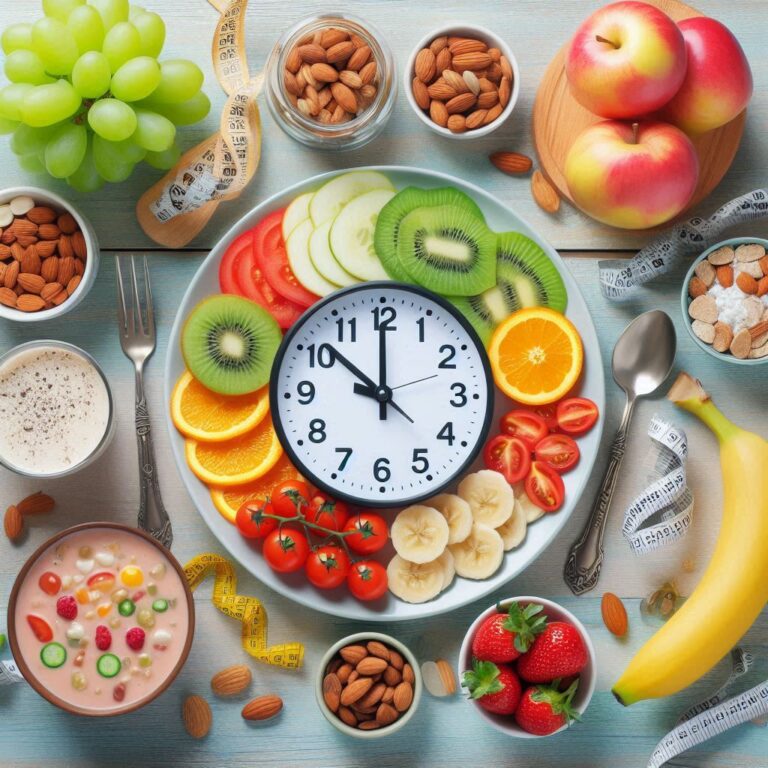When it comes to weight loss, one term you’ll hear repeatedly is “calorie deficit.” It’s often thrown around as the ultimate key to shedding pounds, but many people don’t fully understand what it means or how it works. In this post, we’ll break down the science behind a calorie deficit, how it influences fat loss, and what you need to know to use it effectively.
What is a Calorie Deficit?
A calorie deficit happens when you consume fewer calories than your body needs to maintain its current weight. Your body requires energy (measured in calories) to perform all of its functions — from breathing and digesting food to walking and exercising. When you don’t provide enough energy through food, your body turns to stored energy sources, primarily body fat, to fill the gap.
Think of your body as a machine that burns fuel. When there’s not enough fuel (calories) coming in, it starts using the reserve fuel (fat) to keep running.
How Your Body Burns Calories
To understand how a calorie deficit works, it’s important to know how your body burns calories throughout the day. There are three main components:
1. Basal Metabolic Rate (BMR)
Your BMR is the number of calories your body burns at rest. These are the calories needed to keep your vital functions running — like your heartbeat, breathing, and cell production. BMR accounts for about 60-70% of your daily calorie burn.
2. Physical Activity
This includes all movement, from walking and cleaning to structured workouts. Depending on how active you are, this can make up 15-30% of your daily energy expenditure.
3. Thermic Effect of Food (TEF)
TEF refers to the calories your body uses to digest and process food. It typically accounts for about 10% of your total calorie expenditure. Protein has the highest thermic effect, meaning it takes more energy to digest than fats or carbs.
All of these components together make up your Total Daily Energy Expenditure (TDEE).
The Role of a Calorie Deficit in Fat Loss
When you create a calorie deficit, your body doesn’t have enough energy from food to meet its needs. To compensate, it begins using stored energy. Initially, you may lose water weight, but sustained calorie deficits cause your body to break down fat stores to use as energy.
It’s crucial to understand that fat loss takes time. A common guideline is that a deficit of 3,500 calories results in about one pound of fat loss. So, to lose one pound per week, you’d aim for a daily deficit of 500 calories.
How to Calculate Your Calorie Needs
Before creating a calorie deficit, you need to know your maintenance calorie level — the number of calories needed to maintain your current weight. This is usually determined by calculating your TDEE.
Here’s a simplified process:
- Calculate BMR using an online BMR calculator based on your age, sex, weight, and height.
- Multiply BMR by an activity factor (e.g., 1.2 for sedentary, 1.5 for moderately active, 1.9 for very active) to get your TDEE.
- Create a calorie deficit by reducing your intake below your TDEE — ideally by 500-750 calories per day for safe and sustainable weight loss.
Avoid extreme deficits, which can lead to fatigue, muscle loss, and metabolic slowdown.
Common Mistakes People Make
While the concept of calorie deficit is simple, applying it effectively can be tricky. Here are some common mistakes to avoid:
1. Going Too Low on Calories
Extremely low-calorie diets can backfire by slowing your metabolism, causing nutrient deficiencies, and increasing the likelihood of binge eating.
2. Overestimating Calorie Burn
People often think they burn more calories through exercise than they actually do. Relying too heavily on fitness trackers can lead to overeating.
3. Inaccurate Food Tracking
Even small miscalculations in portion sizes can sabotage your calorie deficit. Use a food scale and tracking app for better accuracy.
4. Not Adjusting Over Time
As you lose weight, your TDEE decreases. If you don’t adjust your calorie intake accordingly, weight loss can stall.
Why Quality of Calories Still Matters
While a calorie deficit is the primary driver of fat loss, the quality of your calories influences how you feel and how sustainable your diet is.
Focus on Nutrient-Dense Foods
- Protein: Helps preserve muscle mass and increases satiety.
- Healthy fats: Important for hormone function and long-lasting energy.
- Complex carbs: Provide fiber, vitamins, and minerals.
Prioritize Whole Foods
Whole, minimally processed foods tend to be more filling and nutrient-rich. They support your metabolism and help you stay on track with your calorie goals.
Sustainable Calorie Deficit Strategies
Creating a calorie deficit doesn’t mean starving yourself. Here are practical ways to do it sustainably:
1. Meal Planning
Plan your meals and snacks ahead of time to avoid impulsive eating and overconsumption.
2. Portion Control
Use smaller plates, avoid eating from the package, and measure portions to prevent overeating.
3. Combine Diet and Exercise
You can create a calorie deficit through a combination of eating less and moving more, which is often easier to sustain than relying on diet alone.
4. Monitor Progress
Track your weight, body measurements, and how your clothes fit. Use these metrics to guide small adjustments to your intake and activity levels.
Conclusion
A calorie deficit is the foundation of any successful fat loss plan. It’s backed by science and works when implemented consistently and correctly. By understanding how your body burns calories, how to create a realistic deficit, and how to avoid common mistakes, you set yourself up for long-term success.
Remember: weight loss doesn’t require perfection, just persistence. Start with a small, manageable calorie deficit, eat nutrient-dense foods, and stay active. Your results will follow.




